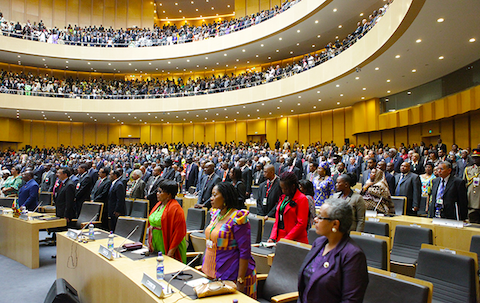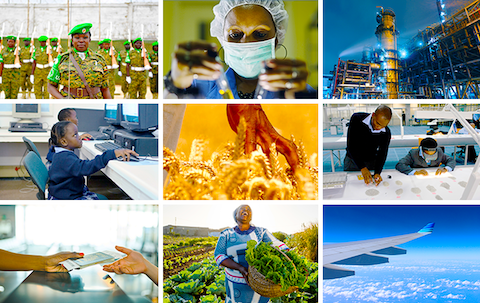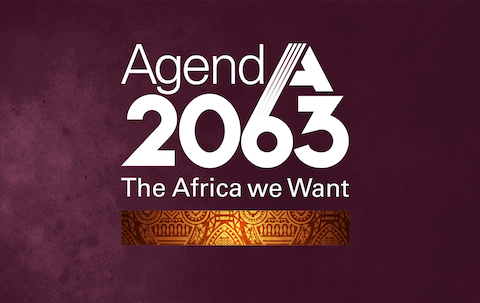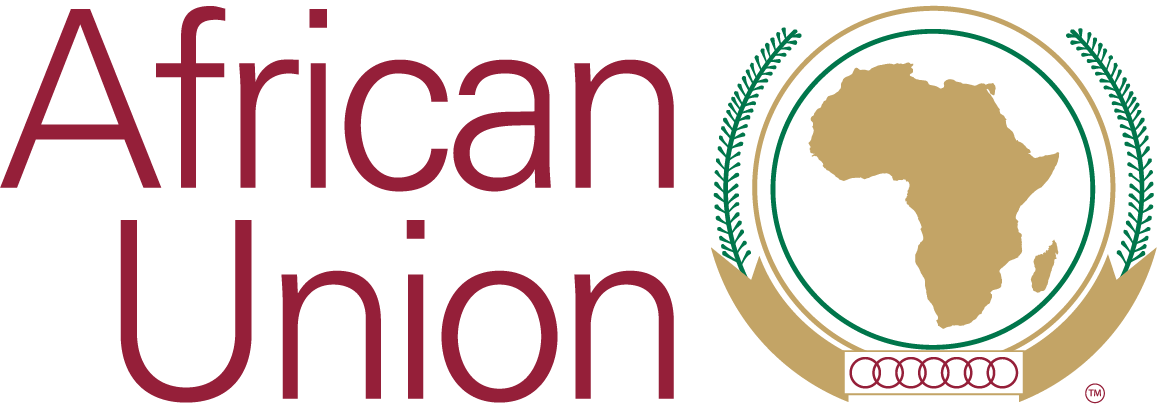
Promoting Africa’s growth and economic development by championing citizen inclusion and increased cooperation and integration of African states.

Promoting Africa’s growth and economic development by championing citizen inclusion and increased cooperation and integration of African states.

Promoting Africa’s growth and economic development by championing citizen inclusion and increased cooperation and integration of African states.

Agenda 2063 is the blueprint and master plan for transforming Africa into the global powerhouse of the future. It is the strategic framework for delivering on Africa’s goal for inclusive and sustainable development and is a concrete manifestation of the pan-African drive for unity, self-determination, freedom, progress and collective prosperity pursued under Pan-Africanism and African Renaissance.

H.E President William Samoei Ruto (PhD), President of the Republic of Kenya and the African Union Champion on Institutional Reform. H.E. Ruto was appointed during the 37th Assembly of Heads of State and Government in February 2024 to champion the AU Institutional Reform process taking over from the H.E Paul Kagame, President of the Republic of Rwanda who led the implementation of the reform process since 2016.


The AU offers exciting opportunities to get involved in determining continental policies and implementing development programmes that impact the lives of African citizens everywhere. Find out more by visiting the links on right.
